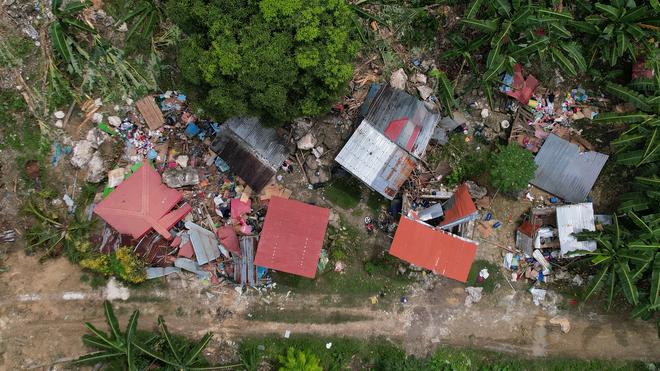Manila – The death toll from the powerful earthquake that struck the Philippines earlier this week has climbed to 72, as authorities began winding down large-scale search and rescue operations. The quake, one of the strongest to hit the region in recent years, left a trail of destruction across several provinces, toppling buildings, damaging infrastructure, and displacing thousands.
Rescue teams have spent days combing through the rubble of collapsed homes, schools, and government buildings. Officials say most of the victims were found in remote mountainous communities where landslides triggered by the quake buried homes and blocked access roads.
The earthquake, which struck with a magnitude of 7.2, shook large parts of the central and southern Philippines, causing widespread panic and forcing residents to flee into open areas. Hundreds were injured, and emergency shelters were set up to house families whose homes were destroyed or deemed unsafe.
Philippine disaster response authorities said that while the chances of finding additional survivors have diminished, smaller teams will remain on-site to assist with recovery efforts and provide aid to affected communities. “Our focus now shifts to relief, rehabilitation, and supporting families who have lost loved ones,” said Undersecretary Ricardo Jalad of the National Disaster Risk Reduction and Management Council.
The quake also caused significant damage to roads, bridges, and power lines, hampering relief operations in the immediate aftermath. Crews are working to restore electricity and clear debris to reopen critical transportation routes.
President Ferdinand Marcos Jr. visited some of the hardest-hit areas, pledging financial aid and support for rebuilding efforts. “We will help communities recover as quickly as possible. The resilience of the Filipino people has always been our strength,” he said during a press briefing.
Seismologists have warned of potential aftershocks in the coming days, urging residents to remain cautious and avoid unsafe structures. International aid organizations have also offered support, with relief supplies beginning to arrive in the affected provinces.
For many survivors, the end of rescue operations marks the beginning of a long and difficult journey to rebuild their lives in the wake of the disaster.

